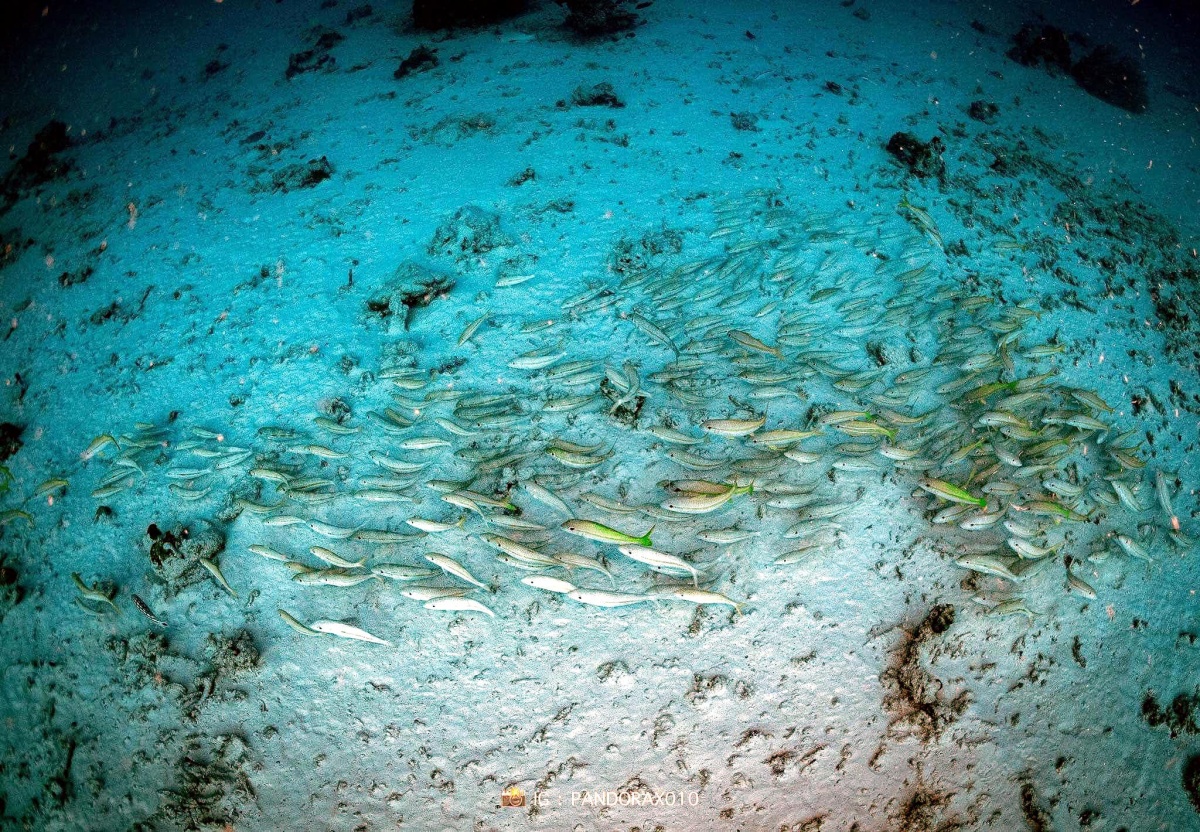
A 7.9-magnitude earthquake struck Myanmar last Friday (March 28), causing severe damage to neighboring Thailand, where multiple buildings were destroyed. For the first time, a Thai research team documented unusual "evacuation" behavior among coral reef fish during the earthquake, with entire schools of fish collectively lying still on the seabed.
Thon Thamrongnawasawat, an assistant professor from the Faculty of Fisheries at Kasetsart University, shared the discovery on Facebook. The research team captured the phenomenon at Mu Ko Similan National Park, a marine reserve in western Thailand, where fish were observed reacting to the earthquake.
According to the photos, the fish were initially seen swimming actively in the water. However, as the earthquake struck, the fish suddenly stopped moving and pressed themselves close to the seabed. Professor Thon noted that this behavior is highly unusual, as fish are generally active during the day and only a few rest at night.

Research suggests that fish possess acute sensory abilities, allowing them to detect even minor vibrations in the water. This sensitivity may enable them to sense primary seismic waves at the onset of an earthquake. By instinctively moving closer to the seabed, the fish reduce their risk of displacement caused by water turbulence or potential tsunamis, mirroring human evacuation strategies during disasters.
Professor Thon emphasized that this is the first time such fish behavior has been clearly documented in Thailand. The findings provide valuable scientific evidence for the potential development of animal-based early warning systems for natural disasters.
Related News:
Exclusive | Through the rubble, they search: United Chinese teams in Myanmar's race against time




















Comment